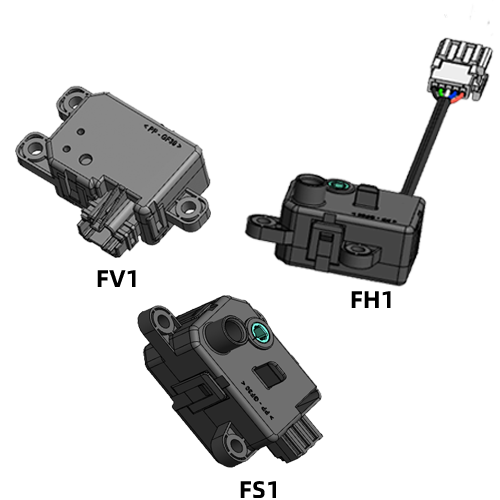Dimming motors are widely used in smart home systems to control the opening, closing, or lifting of shading facilities such as curtains, blinds, and projection screens. The design of a dimming motor should not only consider its mechanical performance, but also pay attention to its electrical characteristics, reliability, and ability to integrate with intelligent control systems. The following are several types of processes that may be involved in the design of dimming motors:
1. Mechanical design
Motor selection: Choose the appropriate motor type (such as DC motor, stepper motor) based on application requirements, considering factors such as power and torque.
Gearbox design: The gearbox is responsible for converting the high-speed rotation of the motor into low-speed, high torque output. Its design should ensure smooth transmission, low noise, and minimal wear.
Limit switch: used to determine the opening and closing position of sunshade facilities, ensuring that the motor will not be damaged due to excessive driving.
Installation structure: Consider installation methods (such as top installation, side installation), selection of tracks or ropes, etc., to ensure stable installation and smooth operation.
2. Electrical design
Circuit board design: including functions such as power management, signal processing, communication interfaces, etc., it is necessary to consider the anti-interference ability and stability of the circuit.

Dimming control: Smooth dimming is achieved by controlling the motor speed through PWM (Pulse Width Modulation) or other methods.
Wireless communication: Supports wireless communication protocols such as Wi Fi, Bluetooth, Zigbee, etc., making it easy to integrate with smart home systems.
3. Software programming
Firmware development: Write control algorithms to ensure accurate motor response, while supporting remote control and timed tasks.
APP development: If mobile application control is required, corresponding software needs to be developed to provide a user-friendly interface.
4. Process manufacturing
Surface treatment: Surface treatment techniques such as electroplating and spraying are used to improve the corrosion resistance and aesthetics of the parts.
Assembly process: Develop a reasonable assembly process to ensure the fit between components and reduce assembly errors.
5. Testing and verification
Functional testing: Test the various functions of the motor to ensure that its performance meets the design requirements.
Life test: Simulate continuous operation under actual usage conditions to evaluate the service life of the motor.
Environmental adaptability test: Test the performance of the motor under different environmental conditions such as temperature and humidity.
6. Security certification
Electrical safety: Ensure that the motor complies with national or regional electrical safety standards, such as CE, UL certification, etc.
Electromagnetic compatibility: Test the electromagnetic interference and anti-interference ability of the motor, so that it can work normally in complex electromagnetic environments.
In summary, the design of dimming motors involves multiple aspects of professional knowledge and requires interdisciplinary collaboration to complete. In addition, with the advancement of technology, the design of dimming motors in the future will pay more attention to intelligence and the improvement of user experience.
